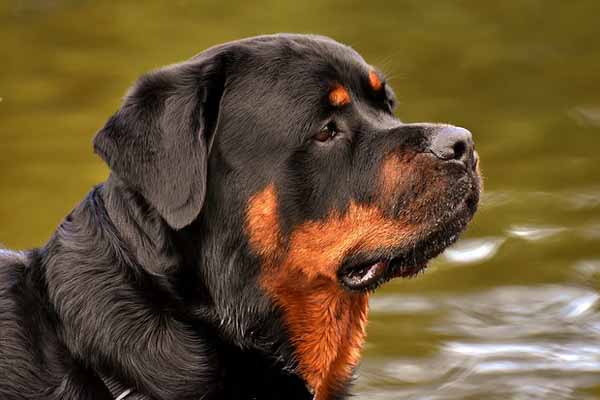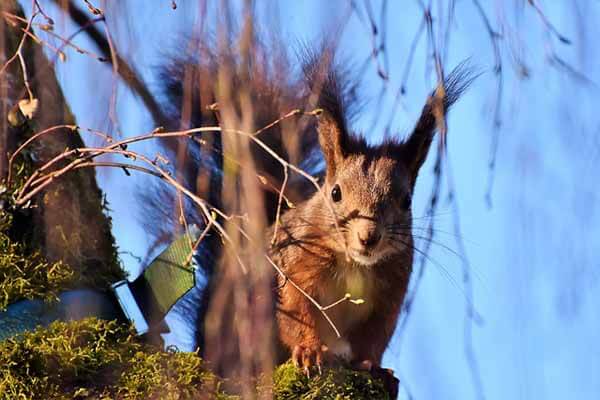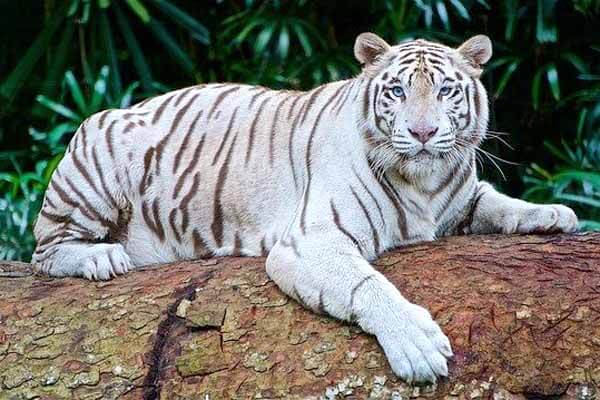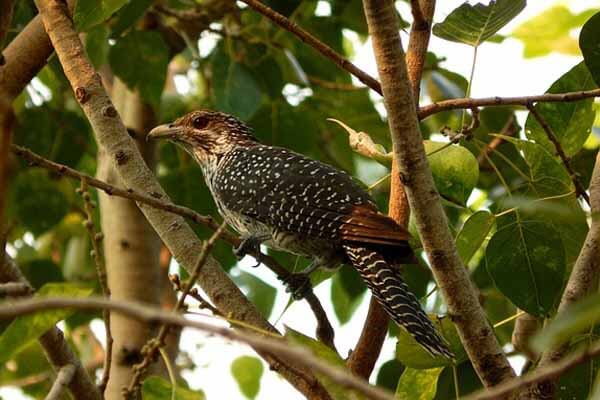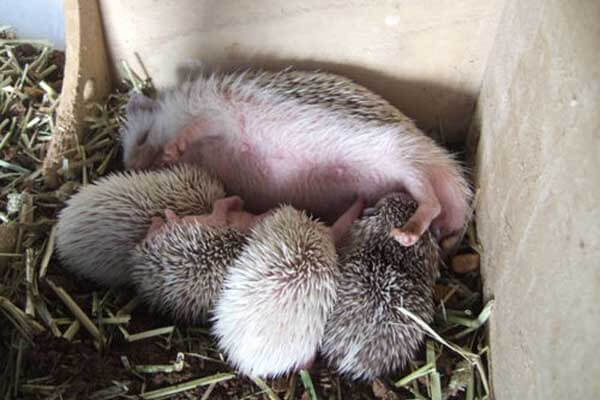Today, parrots can be found in every corner of our planet.
They say that the homeland for all species is in Australia, although these birds are common on all continents, not including Antarctica and Europe. Traveling in South and Central America, India, Southeast Asia, West Africa, and Australia, you have the opportunity to see how incredibly beautiful and smart parrots can be. But, of course, to admire the birds in their natural habitat, you do not need to pack your bags – thanks to technical progress, every person has the opportunity to plunge into the world of parrots.
Parrots prefer to live in a subtropical and tropical climate, so the southern hemisphere is the best region for these birds:
As the light shades on the map change to darker ones, we can conclude that the largest variety of parrot species lives in South America and Australia:
There are more than 370 species of these stunning birds around the world.
Where the parrots live according to their families will be well shown on the world map with pointers to specific bird species:
Parrots are mainly held in packs and groups, by their nature – these are monogamous birds, which, when favorable conditions arise, are paired, creating housing using the hollows of eucalyptus trees, swarms of burrows or living in clefts of rocks. Birds have time to grow a new generation of parrots, as soon as the weather allows them to engage in carefree marriage games and nutritious food for the whole family.
Unusual habitat of parrots
Cities and farms are gradually taking over the native territories of parrots, and they are forced to either adapt or look for a more suitable place to live.
In some metropolitan areas, birds have to fight for each tree and expand their food preferences, which in turn adversely affects their health and life expectancy. Given that in nature, for example, such a species as Macaws, in offspring have only two chicks, and since most often only one baby survives, in the presence of unusual extreme conditions of survival, the population of this species of birds is at risk of extinction.
In case of successful adaptation of the bird is unusual for its conditions or in a foreign climate, the losses can be borne by humans. Parrots, like locusts, can sweep away on their way the fruits and crops they like. After all, the life of entire populations is at stake. Therefore, an attempt to adapt birds to new conditions of existence often ends pitifully for people and birds: in search of water and food, parrots make raids on agricultural land, which cause damage to farmers, and those, in turn, develop methods of control of new pests.
In America, there are more than 13 species of parrots in California, and the climate of this country is perfect for them, although it is not their home. In Germany, in Stuttgart live about half a hundred parrots of Amazons, which carry an unusual winter with temperatures down to -6 degrees. In the North of England for several decades there is a nursery of red-tailed Macaws, birds live in freedom, but thanks to competent care, they try to keep one territory.
Since the parrots have learned to survive in urban conditions, their population in the wild has decreased dramatically.
Where do Budgerigar parrots live?
The homeland of wavy parrots is certainly Australia, a continent with difficult living conditions for these curious and cheerful birds. Here flocks of Budgerigar parrots can be found almost all over the continent except the south-west and northeast, where the Cape York peninsula with its enclosed tropical forests is located.
The habitats of the Budgerigar parrots are areas covered with bushes, grassy plains, eucalyptus forests, and mountain ranges, as well as areas near streams, which dry up depending on the season. For this reason, birds lead a nomadic way of life, they are real masters of survival in extreme conditions.
When there is no rainfall for a long time, thirst and hunger push birds on long flights, sometimes parrots overcome very impressive distances until they meet a temporary pond, where birds immediately develop and restore their population.
After the first heavy rains, the parrots choose the area near the river or brook, which appeared due to downpours and for a while making nests. In the hollows of trunks and thick branches of eucalyptus trees, a couple of parrots breed. Having nearby food, water, and shelter. Colonies of wavy parrots are trying to make up for as many as possible because losses during a drought can be very impressive. If the rains continue, the parrots can lay eggs several more times.
In Australia, where wavy parrots live, in addition to difficult climatic conditions, there is a threat from birds of prey and animals, so the parrots are very hardy and smart, in nature weak and scattered – do not survive. Birds always try to keep the colonies or flocks, and during the nesting period, they become neighbors to ensure maximum protection and peace of mind.
Habitat of Macaws parrots
The native land of the Macaws Parrots is the tropical forests of Central and South America, as well as the Caribbean islands. But some populations have lost the opportunity to live in their home territory due to the increase in human habitats. Many species of these beautiful and bright creatures have been destroyed by humans in a few decades.
The trade-in exotic birds, the value of their plumage, and the destruction of their habitat have led to the creation of nature reserves and nurseries in some countries today to breed rare Macaws parrots and preserve all their remaining species.
In Mexico, a nursery for the red Macaws and other rare species of parrots has been established. A group of people raise chicks and prepare them for life in the wild; people are trying to save this species from extinction in their country.
Hyacinth Macaws belong to an endangered species. Most of these parrots live in huge swampy expanses; the rest are scattered all over Brazil, Bolivia, and Paraguay. In nature, they have disappeared from many previously occupied territories.
Females and males of adult Macaws parrots do not differ in the color of their plumage from their chicks. You can determine the sex of the bird by blood tests, DNA (this requires a fresh, not dropped out of the feather), or a swab from a cloaca, but externally it is almost impossible to find differences between individuals. The most accurate analysis is carried out with an endoscope, at this point the bird is under anesthesia.
Parrots of Macaws live in large flocks, but certain species prefer, having chosen a partner, to live with him all his life away from the other pairs. For nesting, these large parrots choose a tree trunk with a hollow, which they expand with a beak. The birds prefer to use their home for many years.
If you take just a few steps to meet the parrots and listen to their territorial preferences – the coexistence of wild parrots and humans will be acceptable for such different inhabitants of the same planet.
Where Parrots Live: This is an interesting question that many people have asked. While there are parrots all over the world, most are found in tropical climates, such as the rainforests of Asia and Africa. While the name suggests a jungle habitat, the fact is that not all parrots live in the rainforest. They prefer a more urban setting, which is why they prefer tropical climates. But despite the popularity of these birds, their geographic range is still relatively small, so it’s worth checking out the list.
The main habitat of parrots is tropical or subtropical regions. Their preferred habitats include forest, savanna, and even desert edges. Some species of parrots live in snowy environments like New Zealand. The most common species is the cockatiel, which prefers open woodlands and inland areas with freshwater sources. Although these birds are omnivorous, they can also feed on small mammals and insects.
It is important to know where your parrot came from. If possible, try to find fruit that grows in the same climate as its native habitat. For example, tropical rainforests are home to a number of parrot species, and the fruit that they eat is a great source of vitamin D3. The beauty and diversity of these forests are comforting to parrots and make them easier to care for. You can even buy some of these fruits for your new pet.
While healthy parrots may live in tropical climates, they can become cold internally if they’re kept in closed enclosures. To protect them from frostbite, it’s a good idea to consider their native habitat before buying a pet. One winter in the Chicago area was particularly harsh, with low temperatures consistently falling below zero. A handful of feral Quaker parrots even suffered frostbite on their feet, beak, and wings.
When choosing a home for your pet, you should consider the type of environment the bird lives in. Some species are better suited to a cold climate than others. For example, cockatoos live in tropical climates while some are found in cooler areas. A parrot’s native habitat may be different from that of its new owner. Some species have adapted to colder weather better than others, and that’s why they’re better suited for tropical areas.
It’s important to remember that parrots live in a tropical climate. But the species of parrots that live in the rainforests are the most likely to be found in colder areas. This is because they are more suited for colder climates. In addition, they are more likely to be comfortable in such conditions. There’s no need to worry; there are ways to provide your bird with the right kind of environment.
The climate of the tropical rainforests is essential for the survival of parrots. In the tropics, parrots live in areas with a warm climate. However, they are not restricted to tropical areas. They can live in temperate rainforests in other parts of the world. They are very colorful and unique and can be hard to distinguish from other birds. They have bright colors, and they can make your mornings difficult.
Parrots are a favorite pet of many people. They are also part of the natural food chain and contribute to the food chain of their native habitats. Some of them are even predators and prey for other creatures. Regardless of the species, their habitat is important for parrots. While most parrots live in the rainforest, they are also found in the northern hemisphere. They live in forests that are beautiful and offer a rich variety of foods and habitats.
Besides being colorful, parrots have a rich heritage. Their habitats are rainforests, where they can grow and reproduce. They have long been associated with these ecosystems and are usually found in tropical climates. They live in trees and are the best-fed fruits and vegetables that have been grown in these environments. These birds also eat seeds and nuts, and will feed on insects and other plants. This means that parrots have an extensive diet.


